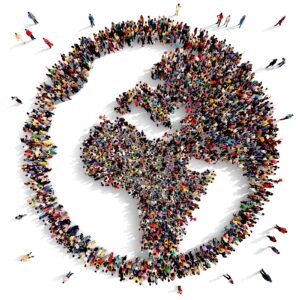One month after International Women’s Day, we will observe Equal Pay Day on April 2nd. In the US, as the wage gap varies by demographics and ethnicity, there are many days recognizing equal pay.
Symbolically the April date represents the requisite time into the year women need to work to earn the same amount of money as men did the previous year. Pay data in the US shows that women earn 20% less than men, a figure which hasn’t budged in a decade. In 2009, women earned 22.9%. Not much of a change.
In Asia, progress in gender parity varies significantly across countries. The World Economic Forum’s Gender Gap research 2018 showed that out of 149 countries, the Philippines ranks in the top 10 across all categories. Looking deeper into one specific category on, “wage equality for similar work” Singapore ranks 2, followed by Malaysia 17, Thailand 20, Indonesia 32, Japan 45, Sri Lanka 68, India 72, China 74, and Korea 121 below the global average.
To address the issue of pay, on April 6th, 2017, the UK government announced mandatory reporting on the gender pay gap for employers with 250 employees or more. That same year, the BBC published the salaries of their highest-paid presenters. Some people were shocked at the compensation levels, while others were dismayed by the lack of women on the list. Addressing the outrage, BBC vowed to reach equality by 2020.



